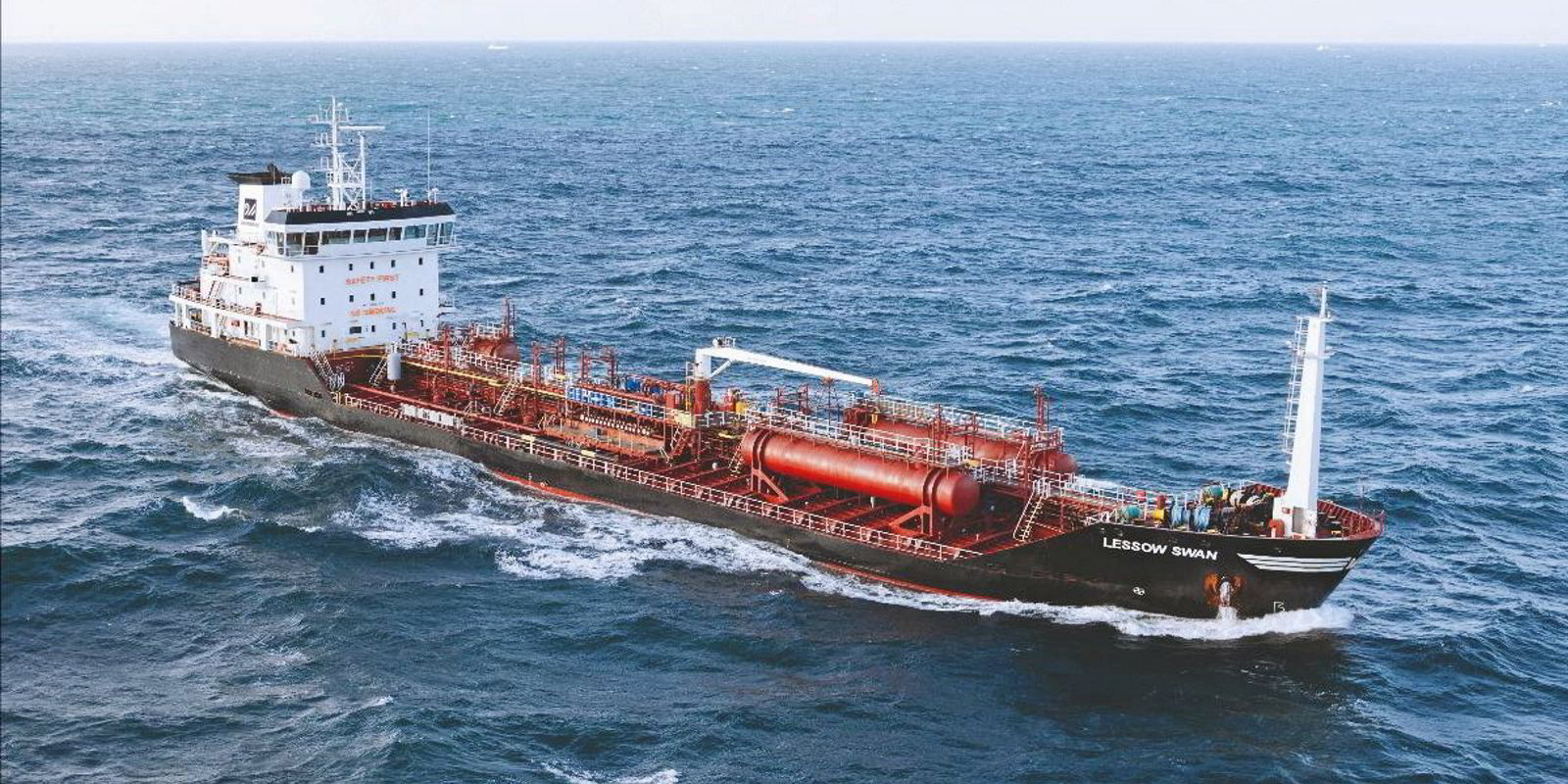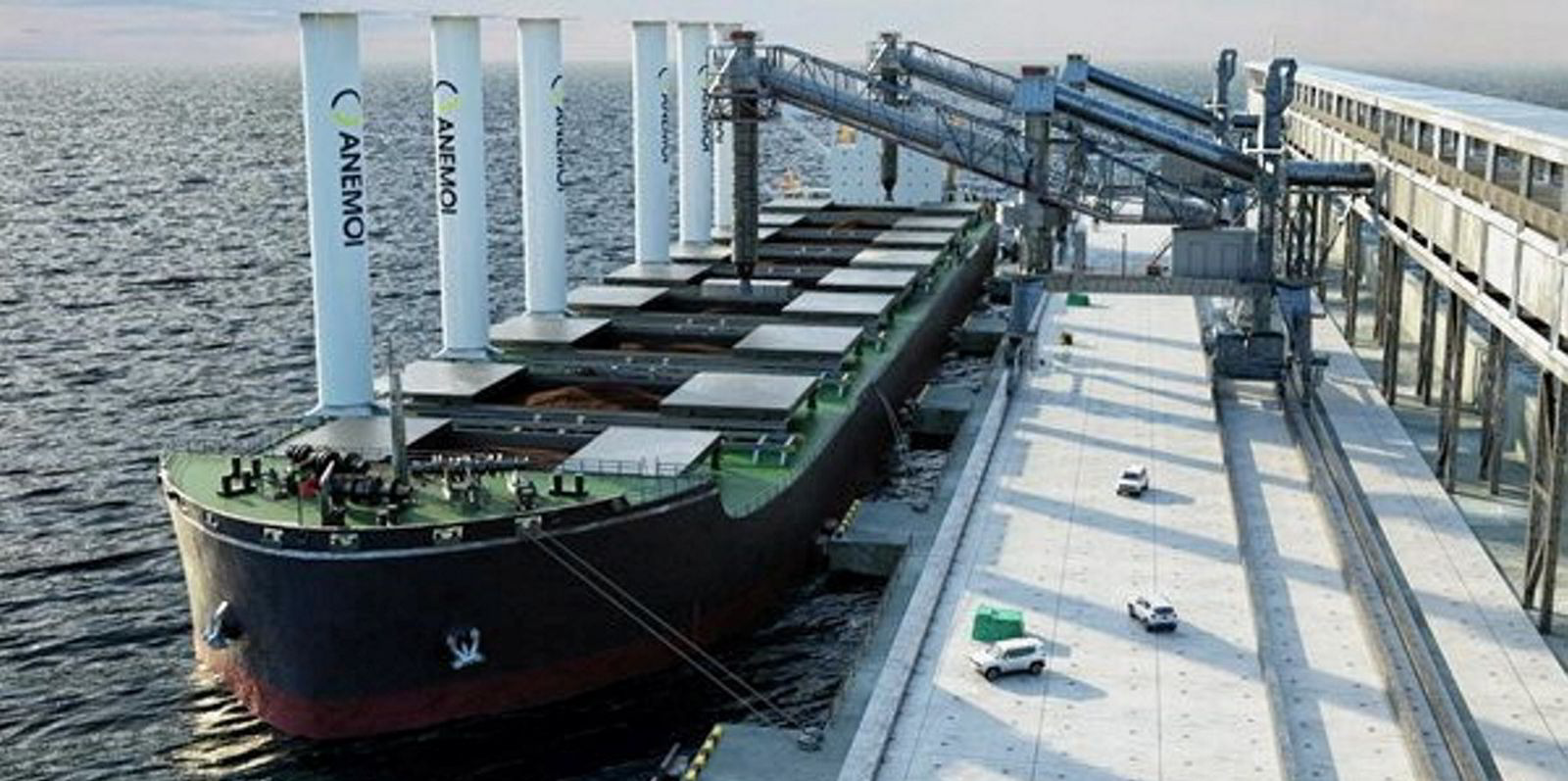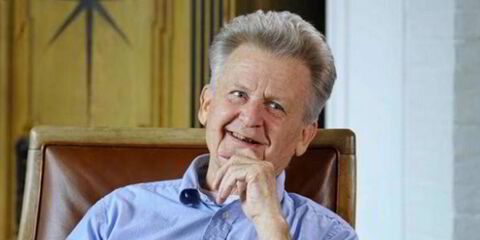Denmark’s Uni-Tankers has claimed energy savings of between 15% and 17% on two small chemical tankers following retrofit projects.
The gains come following the installation of a new control and monitoring system from Sweden’s Berg Propulsion aboard the 6,000-dwt Anhout Swan and Lessow Swan (both built 2008) as well as an upgrade to each vessel’s main engines to run in variable revolutions per minute (rpm) mode.
International Maritime Organization targets envisage a 40% reduction in greenhouse gases from ships by 2030.
Next year, owners face a new IMO regime on ship efficiency, demanding they adhere to an Energy Efficiency Existing Ship Index (EEXI) and provide their Carbon Intensity Indicator (CII).
Each ship’s EEXI rating is generated with reference to an Energy Efficiency Design Index (EEDI) baseline.
Uni-Tankers is said to have consulted Berg Propulsion and Zeppelin Power Systems on its options to enhance the efficiency of the two ships operating at 14 knots.
Berg Propulsion said simulations demonstrated that, in combination, the precise control available from its MPC800 control and monitoring system and a modification of the ships’ four-stroke MaK 8M32C main engines would deliver “significant efficiency gains for controllable pitch propellers and thrusters”.
“While ships built today may be designed for optimal fuel efficiency at lower speeds, those delivered seven to 15 years ago were optimised for higher engine loads,” Berg Propulsion said.
“With fuel prices at unprecedented levels, suboptimal performance by propulsion systems running at ‘part load’ is a cost inefficiency that can eat into competitiveness.
“The ability to control power more effectively using variable speeds cuts energy use overall, reducing both fuel consumption and emissions.”
Jonas Nyberg, managing director west for Berg Propulsion, said the project was an “excellent example of the way vessels already in operation can be optimised to anticipate the transition to the EEXI and CII regimes”.
Berg Propulsion said other retrofit options include propeller blade optimisation including replacement, the installation of a net frequency stabiliser so that the shaft generator can operate in variable speed and upgrading the control system software to enable dynamic drive cruise control.
The dynamic drive is a software package that is installed in the Berg Propulsion control system to optimise the propeller pitch and propeller rpm for any given condition.





